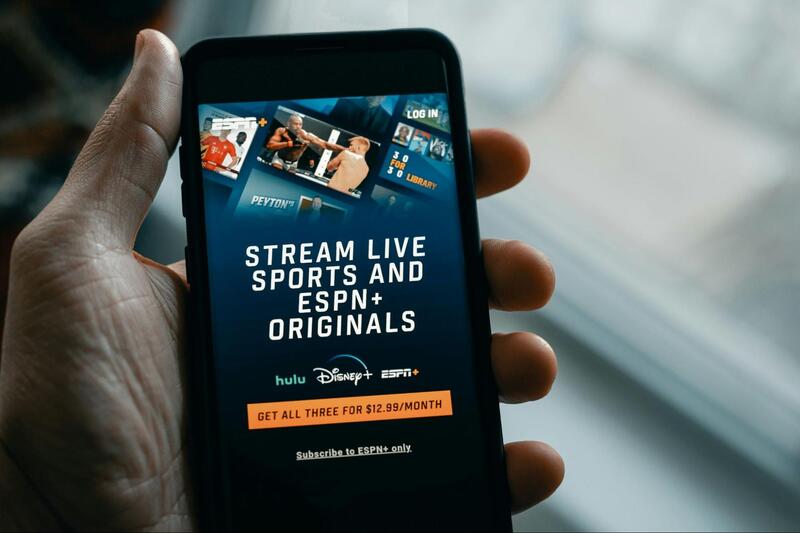The unfortunate reality is that sports streaming is often restricted across the globe. Some of the main issues include:
Broadcasting rights
Sports events are normally sold to broadcasters either regionally or nationally. Consequently, contracts need to be honored with these sales in order for these services to offer regional restrictions to protect the rights and revenues of the broadcasters.
Licensing agreements
Streaming services must abide by licensing agreements with sports leagues and organizations. These agreements may limit the availability of content to certain regions to ensure fair distribution and maximize revenue.
Market segmentations
Sports leagues and organizations may have specific strategies to target and cater to different markets. Restricting access to certain regions can serve the interests of local broadcasters and sponsors, allowing them to generate more revenue from advertising and sponsorships.
Time zone considerations
Time zone issues make it impossible for certain sports events to be broadcast live in particular markets, especially those from other time zones because of the logistical impossibility it would create.
To avoid conflicts with existing broadcasting schedules, streaming services may limit access to these events or provide delayed viewing options.
Blackout restrictions
In certain cases, sports leagues enforce blackout restrictions to create a live audience. Limits are placed, as well, to prevent people from streaming the games they would watch in the first place at stadiums in the host regions or cities.
Local demand and popularity
Streaming services will perhaps give higher priority to those regions where certain sports are much popular or have quite a huge fan following. This way, they can offer targeted coverage to meet the needs of the main audience.

